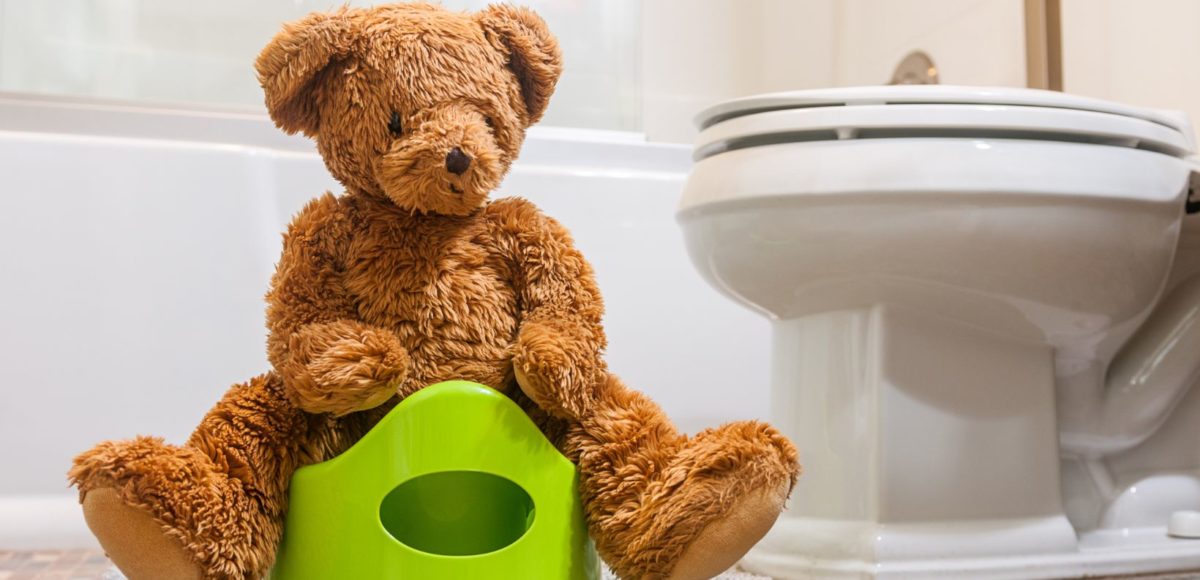Potty training is a significant milestone in a child’s development, and every parent eagerly anticipates the day when they can bid farewell to diapers. However, the journey to potty training readiness can be confusing and challenging. It’s essential to determine when your child is truly prepared for this transition. In this blog post, we’ll explore the signs that indicate your child is ready for potty training and provide some tips to make the process smoother for both you and your little one.
Signs of Readiness to Potty Train
Age Isn’t Everything: While many children start potty training around the age of two, it’s crucial to remember that readiness is not solely based on age. Each child is unique, and readiness depends on their physical and emotional development.
Showing Interest: One of the most significant signs of readiness is when your child starts showing interest in the potty. They might ask questions about the toilet or express curiosity about what happens in the bathroom.
Staying Dry for Longer Periods: If your child’s diapers remain dry for more extended periods, it’s a sign that their bladder muscles are maturing. This can indicate readiness for potty training.
Awareness of Bowel Movements: Some children become aware of when they’re having a bowel movement and might show discomfort in a dirty diaper. This awareness can be a good indicator.
Communication Skills: A child needs some level of communication skills to express their needs, including the need to use the potty. If your child can communicate when they have to go, it’s a positive sign.
Independence: A desire for independence is a common sign of readiness. If your child starts wanting to do things on their own, like pulling down their pants or climbing onto the toilet, they may be ready for potty training.
Tips for a Successful Potty Training Journey
Stay Patient: Potty training can be frustrating at times, but it’s essential to remain patient and understanding. Avoid punishment for accidents and offer praise for successes.
Create a Routine: Establish a consistent potty training routine. Encourage your child to use the potty at specific times, like after meals or before bed.
Use Positive Reinforcement: Reward your child with praise, stickers, or small treats when they successfully use the potty. Positive reinforcement can motivate them to continue trying.
Choose the Right Equipment: Invest in a comfortable potty chair or a child-friendly toilet seat reducer to make the experience less intimidating.
Dress for Success: Dress your child in clothing that’s easy to take off quickly. This helps them become more independent in using the potty.
Stay Calm About Accidents: Accidents are a part of the process. Instead of getting upset, calmly clean up and encourage your child to try again next time.
Potty training is a significant milestone in your child’s development, and recognizing their readiness is the first step towards success. Remember that every child is different, and the journey may have its ups and downs. Stay patient, provide support, and celebrate each small victory along the way. With time and encouragement, your child will become a potty pro in no time.
